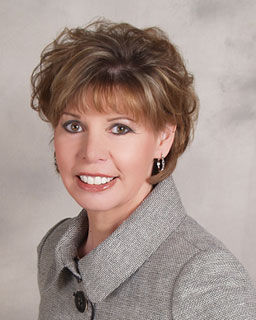For this column, AASV members were asked for their suggestions for future annual meeting and (or) advanced techniques conferences. Suggestions could include topic ideas or ideas about format of the meetings. Below are the comments received.
From Roy Schultz
“I like the format as in last year’s program where there is a general session both mornings, Monday and Tuesday, with breakout sessions in the afternoon with specific areas of interest.
Personally, I like sessions which bring economics into the picture. If the industry is not successful or sustainable, then the veterinarians supplying that industry will not be successful or sustainable in the long run.
It is sometimes hard to find something new and unique which will be of interest to everyone. One area the committee might explore is the syndrome which Dr Steve Henry is describing, supposedly PCV2 acute deaths, although it might be sorted out by March. It is on the current discussion of AASV-L Digest.
Another topic idea might be how veterinarians communicate to their clients with modern communication systems. What is an effective way to do this so the veterinarian can write effective reports while on the move?”
From Larry Rueff
“It is difficult for me to admit that I am now a seasoned veterinarian, but I have now been in practice for 30 years. I was struck the other day by something I saw on the AASV swine line that referenced a breeding problem in a herd. Part of the history mentioned there was some carbodox fed to the breeding herd for swine dysentery eradication. This reminded me of some fairly unexplained but real conception problems that were seen in some swine herds when they used carbodox in trying to eradicate swine dysentery about 20 years ago.
This got me thinking that often times there are things that swine veterinarians dealt with 15 to 25 years ago in practice that have not been seen for a long time. Because of that, there may not be a real good record or exposure for new practitioners (I’m not just talking 1 or 2 years out of veterinary school, but 10 to15 years) to have experienced some of these clinical diseases.
For that reason, I would like to see us have some topics presented in a panel format that would discuss some disease and management issues that were a major part of clinical practice in the 1970s and 1980s that have not really been seen in the last 10 or 15 years. These problems may have only gone away temporarily. It would be a good review and update for everyone to have some discussion about some of these types of clinical problems that might reappear.”
From Pat Hoffmann
“I’d like to see topics on ‘How to choose your mentors’ both in your practice and out in the industry. I would ask some recent and older graduates about what is working or has worked for them. My challenge is finding a reliable, diverse group of mentors both in different subjects and point of views within the same subjects. After all, it’s all about ‘getting the right people on YOUR bus.’
My experiences have allowed me to cross paths with a lot of great mentors in my life. I have truly been blessed. I was told by one of my mentors to not be afraid to tell your mentors that you are going to call on them to be a mentor, because you can learn a lot from them and have learned to appreciate their perspectives.
As I look for a job, I have put availability for mentorship near the top.”
From Darwin Reicks
“I would like to see something on application of new insemination techniques.”
If you have program ideas for the annual meeting or advanced techniques conference, please e-mail Sue Schulteis at aasv@aasv.org.
--Tracy Ann Raef

